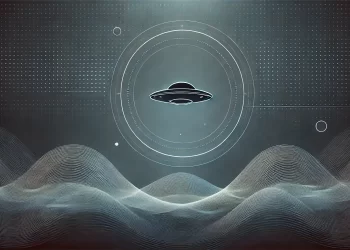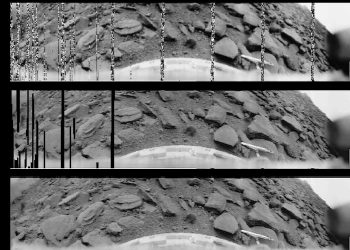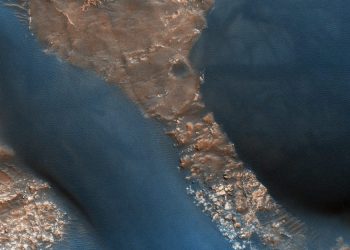What does the Moon really look like up close — in breathtaking detail, lit by real sunlight, and shaped by billions of years of cosmic history? Thanks to a stunning 4K video of the Moon created by NASA’s Scientific Visualization Studio, we can explore the lunar surface as never before.
This isn’t an animation or artistic rendering. It’s a data-driven visual tour constructed from more than a decade of high-resolution measurements taken by NASA’s Lunar Reconnaissance Orbiter (LRO) — a spacecraft that has been orbiting the Moon since 2009. The result is a cinematic journey across a real landscape that still holds many of the universe’s oldest secrets. Essentially, data taken by the LRO was turned into a stunning 4k video of the Moon.
The Moon brought to life by science
The 4K video of the Moon offers an unparalleled view of features that have long fascinated astronomers — massive impact basins, mountain ranges, dark volcanic plains, and craters that stretch for miles across. Some sites, like Tycho or Copernicus Crater, are familiar to backyard stargazers. Others lie in permanent shadow or on the Moon’s hidden far side, invisible from Earth.
Every detail in the video is built on actual topographic and imaging data from the LRO’s instruments. Using laser altimetry, stereo imaging, and sunlight modeling, NASA created an experience that reflects not just what the Moon looks like, but how it truly exists — a silent, geologically active world shaped by time and collisions.
These visualizations allow scientists and the public alike to understand the Moon as a three-dimensional body with texture, elevation, and depth. It’s not a flat disc in the sky — it’s a terrain of frozen chaos, of collapsed lava tubes and asteroid scars, preserved in a vacuum.
The mission behind the Moon’s modern map
The 4k video of the Moon is made possible by the Lunar Reconnaissance Orbiter, or LRO — one of the most important lunar missions ever launched. Since 2009, LRO has circled the Moon, capturing the highest-resolution maps of its surface ever made. Its instruments can detect elevation differences, scan for signs of water ice, and reveal features as small as a desk from orbit.
Among many other things, the LRO has helped identify potential landing zones for upcoming missions, including NASA’s Artemis program, and has been essential in revisiting and reanalyzing historic landing sites. It even helped locate crash sites of past missions and tracked subtle changes on the Moon’s surface over time.
This kind of precision has made the 4K video of the Moon not just visually stunning, but scientifically invaluable — a blend of beauty and data that brings the Moon to life in a way never before possible.
The Moon’s role
For most of human history, the Moon has been a distant companion — guiding calendars, shaping tides, and inspiring everything from myths to missions. Now, it’s taking on a new role. NASA and other space agencies are preparing to return astronauts to the surface, not just to visit, but to stay. Future missions plan to build lunar bases, orbiting labs, and fuel depots that could one day support travel to Mars and beyond. Everything started with Artemis I. We are now looking forward to Artemis II, and Artemis III, a mission which should return humankind to the surface of the Moon.
That’s why mapping and understanding the Moon is more important than ever. The high-resolution imagery from NASA’s 4K video doesn’t just show us where we’ve been — it offers a preview of where we’re heading. Every crater, ridge, and shadowed valley could be part of the next chapter in human exploration. For scientists, the Moon is a natural archive of solar system history. For explorers, it’s the next stop. And for the rest of us, it’s a reminder that what seems familiar can still hold mysteries worth uncovering.











